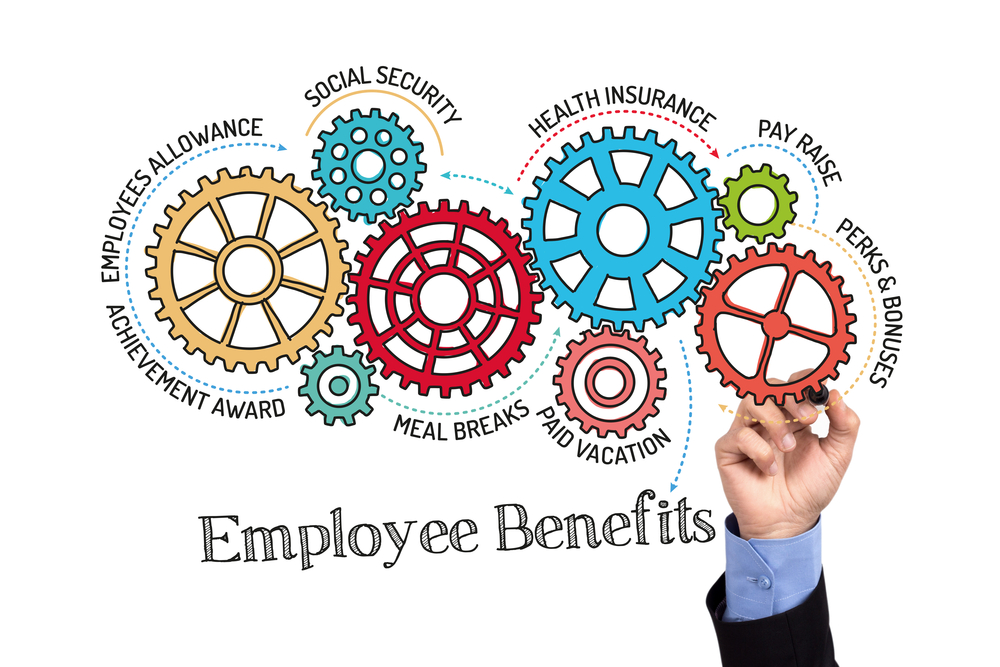
Those of us in the over-fifty crowd find ourselves in a unique position when it comes to employee benefits. Our benefits were well defined and few in number when we began working some three decades ago. Today’s benefit packages can look drastically different. So much so that it makes it difficult for older workers to truly know whether they are getting the best benefits possible.
The reality of working life dictates that employee benefits change with the times. They evolve as the workforce evolves. For those of us in the final decade of our careers, it is tough to acquiesce to younger workers who are largely determining what benefits now look like.
-
Technology Is a Driving Force
Take a good look at modern benefits packages and you’ll see that technology is a driving force. Technology has certainly changed the way employees do everything from managing their benefits to requesting time off. You can see it in one of the hottest benefit trends: on-demand pay.
BenefitMall mentioned on-demand pay in a recent blog post discussing the most desired benefits for 2021. On-demand pay is a benefit that allows employees to take a portion of their pay before their normal payday. In essence, they can take what they earn now rather than waiting two weeks.
On-demand pay is the child of mobile technology. It is not that employers couldn’t pay more quickly in the past, it’s just that employees were content to wait 7 to 10 days to get paid. Mobile technology changed that. It opened younger minds to the idea that they should be able to get what they want, when they want it. And now they can. On demand pay apps give them access to their pay at their convenience.
-
Political Discourse Is Another Factor
Like it or not, the nation’s political climate also drives demand for employee benefits. Health insurance is a prime example. Prior to the 1970s, health insurance was just like any other form of insurance in that it protected against significant financial loss in the event of a catastrophic medical event. Most health insurance policies back then were structured as catastrophic policies.
Today, health insurance is based primarily on the HMO philosophy. But the reality is that nothing has changed in terms of human health and how we treat illness. Introducing HMOs in the 1970s was a political move. It was never about improving healthcare delivery or access.
The transition to HMOs introduced us to a line of thinking that eventually led to the common perception that healthcare is a right. Whether or not you agree with such thinking pretty much reveals your political leanings. And because politics is the main driver of healthcare in the 21st century, health insurance benefits cannot help but be affected by it.
-
Don’t Forget the Financial Realities
Yet another factor influencing how employee benefits change are the financial realities employees face. Fifty years ago, it was unthinkable to turn down a retirement plan just to boost take-home pay. Today, doing so is fairly common.
We Americans have become accustomed to living at the edge of our budgets. We don’t know how to save. We don’t want to save. We would rather spend every dime now than put something away for the future. Thus, retirement plans are not as important as they once were.
There is no getting around the fact that employee benefits change with the times. It has always been that way. What constitutes a top-of-the-line package in 2021 is far different from what was offered in 1971. It bears little resemblance to what employees will be getting in 2021.



